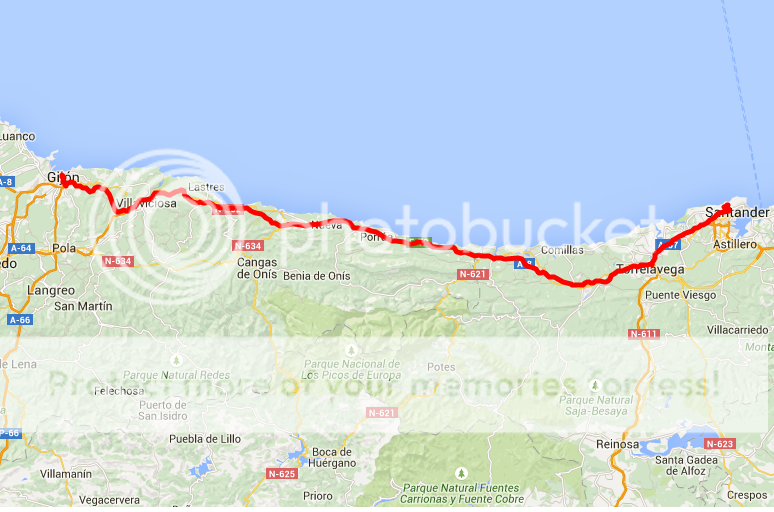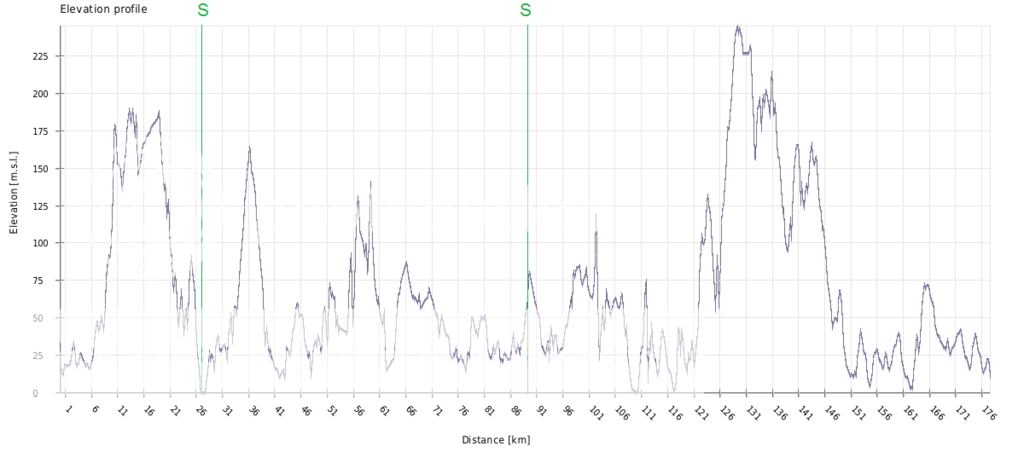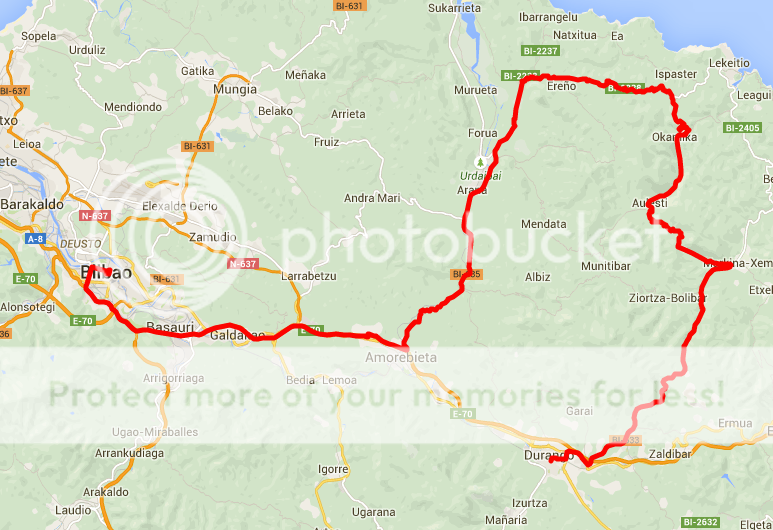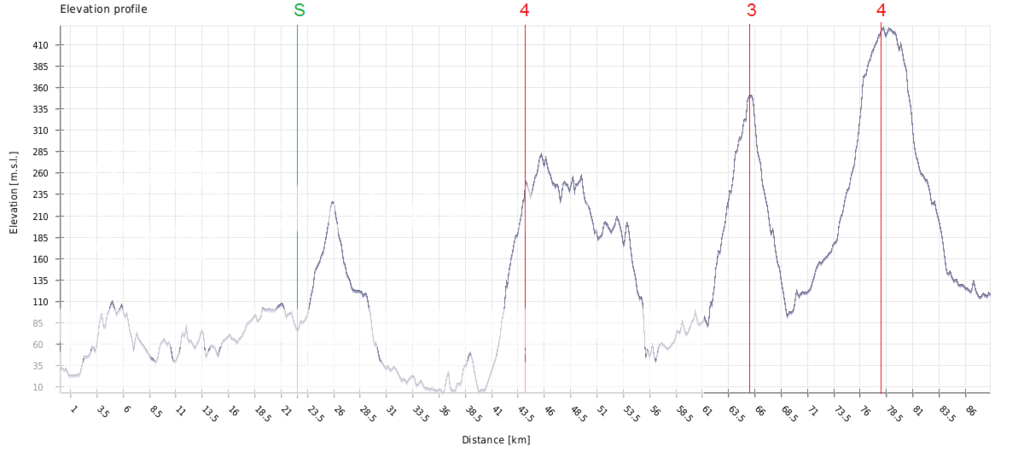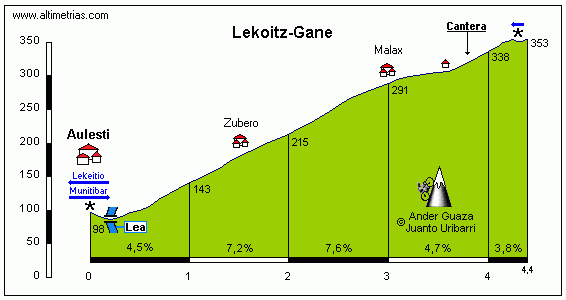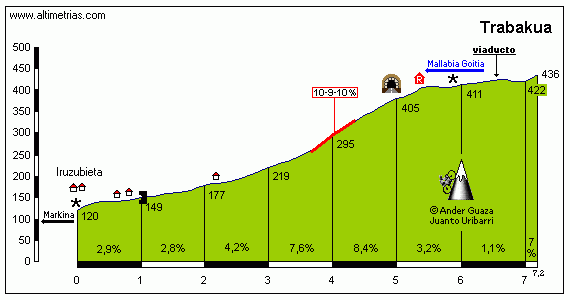Tour de Suisse
Stage 7: Bern - Gstaad, 225 km
The longest stage of this TDS, 225 km and 3 categorized climbs. Again, the stage is probably too hard for the pure sprinters, but could either be won by a breakaway rider or in a sprint with a reduced peleton. A guy like Michael Albasini has done well in these kind of stages on home turf. And similar ridgers which are both good hilly riders and have a decent sprint, should have an opportunity on this stage.
The only climb in the first 180 km is the climb to Gurnigel. This climb consists of to parts, first a gentle and non-categorized climb to Rüti, before the categorized part starts with longer sections of 8-9-10 %. After descending, there is a distance of close to 60 km before the next climb to Jaunpass. Here there is also some steep sections in the last part of the climb, and with a distance of a little more than 30 km from the top of the climb to the finish in Gstaad, there is probably riders that will try attack at this point.
The last climb to Saanenmöser is not that tough and if there are several teams in the peleton wanting a mass sprint, there will be possible to close in and catch riders in a breakaway the last 20 km before the finish in the luxury resort of Gstaad.
Climbs:
120 km: Selibüel (Gurnigel): 9,8 km, 8,0 %
192 km: Jaunpass: 5,8 km, 8,1 %
215 km: Saanenmöser: 7,5 km, 4,4 %
Map of the last 200 km:

Profile of the last 200 km:

Stage 7: Bern - Gstaad, 225 km
The longest stage of this TDS, 225 km and 3 categorized climbs. Again, the stage is probably too hard for the pure sprinters, but could either be won by a breakaway rider or in a sprint with a reduced peleton. A guy like Michael Albasini has done well in these kind of stages on home turf. And similar ridgers which are both good hilly riders and have a decent sprint, should have an opportunity on this stage.
The only climb in the first 180 km is the climb to Gurnigel. This climb consists of to parts, first a gentle and non-categorized climb to Rüti, before the categorized part starts with longer sections of 8-9-10 %. After descending, there is a distance of close to 60 km before the next climb to Jaunpass. Here there is also some steep sections in the last part of the climb, and with a distance of a little more than 30 km from the top of the climb to the finish in Gstaad, there is probably riders that will try attack at this point.
The last climb to Saanenmöser is not that tough and if there are several teams in the peleton wanting a mass sprint, there will be possible to close in and catch riders in a breakaway the last 20 km before the finish in the luxury resort of Gstaad.
Climbs:
120 km: Selibüel (Gurnigel): 9,8 km, 8,0 %
192 km: Jaunpass: 5,8 km, 8,1 %
215 km: Saanenmöser: 7,5 km, 4,4 %
Map of the last 200 km:

Profile of the last 200 km:
























